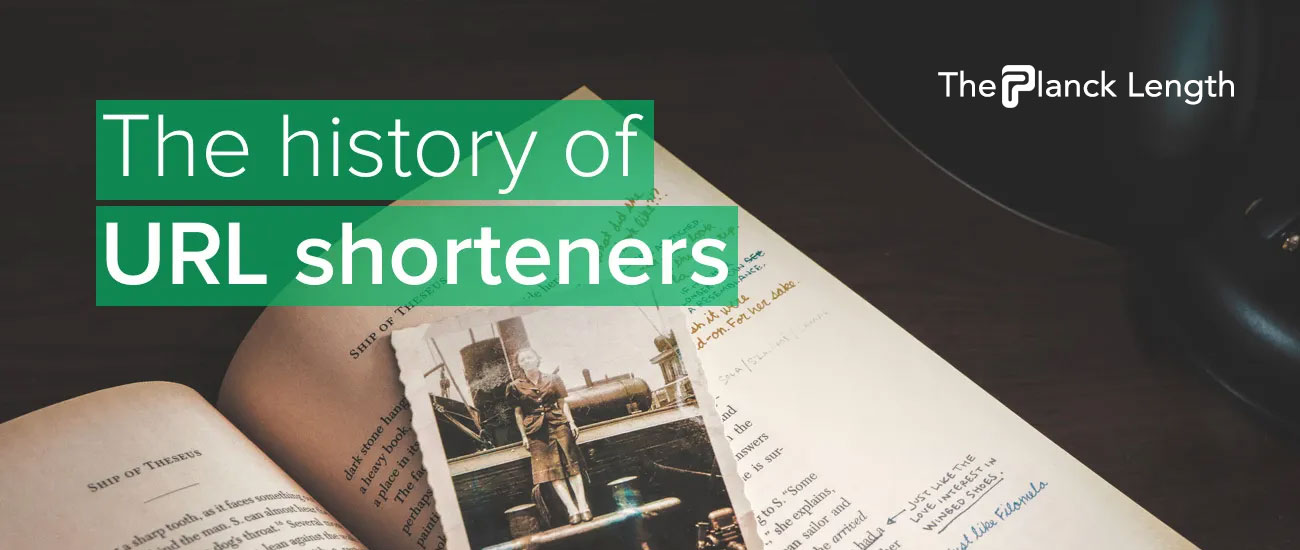The history and evolution of URL shortening is closely tied to the development of the internet and the World Wide Web. In the early days of the web, URLs (Uniform Resource Locators) were long and complex, often containing multiple subdirectories and parameters that made them difficult to remember and share. This led to the development of URL shortening services, which allow users to create shorter, more easily memorable versions of URLs.
One of the first URL shortening services was TinyURL, which was launched in 2002. TinyURL allowed users to enter a long URL and receive a shorter version in return, which could be more easily shared and used in places where space was limited, such as in email or on social media. Other early URL shorteners, such as Bitly and Tiny.cc, followed shortly after.
As the use of the internet and social media grew, the demand for URL shorteners also increased. These services became increasingly popular as a way to share links on platforms with character limits, such as Twitter, and to track clicks and other metrics.
In recent years, the use of URL shorteners has continued to evolve. Many services now offer additional features, such as link tracking and analytics, custom branding options, and integration with other marketing tools. Some URL shorteners have also been integrated into larger marketing or analytics platforms, providing users with a more comprehensive set of tools for tracking and optimizing their online presence.
Overall, the history and evolution of URL shortening reflects the growing importance of the internet and the World Wide Web in our daily lives, and the need for efficient and effective ways to share and access information online.



